Mastering Blackjack Hand Signals: A Guide for Every Casino Player
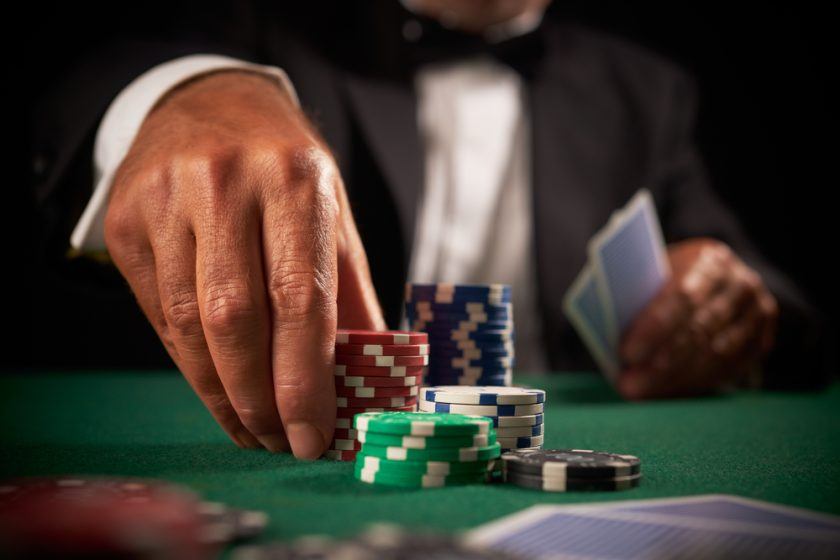
Why Blackjack Hand Signals Are Essential
If you've ever played blackjack in a bustling casino, you know that noise and distractions can make communicating with the dealer difficult. In such settings, clear hand signals are critical to ensuring your intentions are understood. Not only do these gestures keep the game running smoothly, but they also act as an additional safeguard-both for you and the casino. Security cameras record every movement at the table, so using correct hand signals helps settle disputes quickly and provides a transparent record of your decisions.
Key Hand Signals in Blackjack and When to Use Them
Players use hand signals for every main action in blackjack. These specific gestures replace verbal instructions, reducing confusion and helping the dealer run the table efficiently. Here are the most common hand signals used in face-up and face-down games:
- Hit: Tap the table with your finger if you want another card.
- Stand: Wave your hand horizontally above your cards to signal you don’t want any more cards.
- Double Down: Place an equal wager next to your original bet and point with one finger, indicating you’d like one additional card only.
- Split: For pairs, add a second bet and display a “V” with your index and middle fingers, resembling a peace sign, to divide your cards into two separate hands.
These signals may vary slightly depending on whether cards are dealt face-up or face-down. In single-deck, face-down games, only one hand is permitted to handle the cards, and signals such as sliding your cards under your chips often mean you wish to Stand.
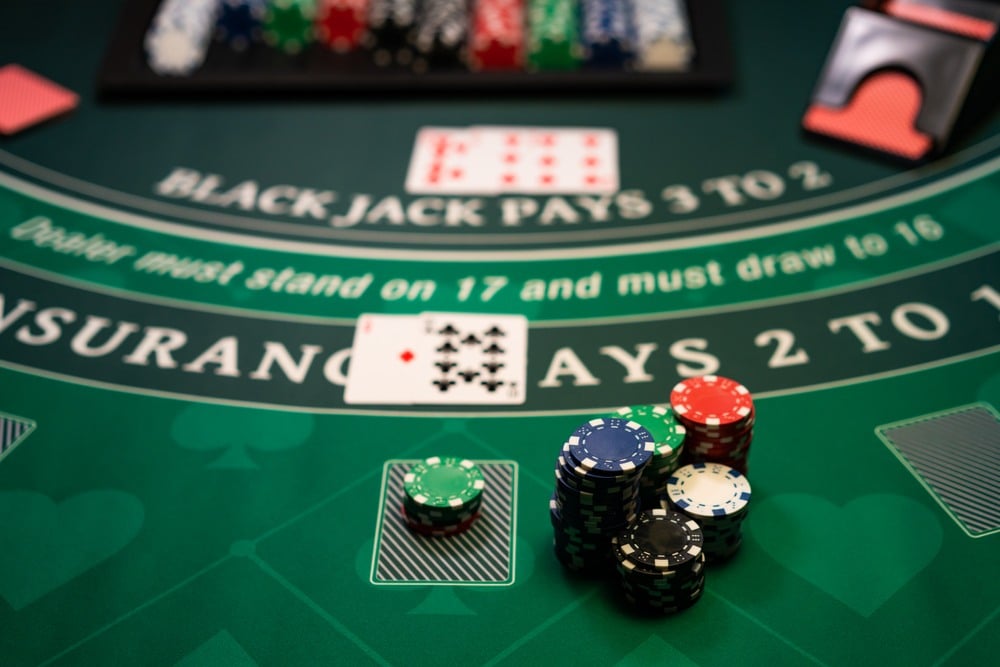
Benefits of Using Hand Signals at the Table
Hand signals are not just about communication-they offer multiple advantages for blackjack players:
- Game Integrity: By making your moves visible to cameras and staff, disputes are less likely to arise and are easier to resolve.
- Speed and Efficiency: Using clear gestures keeps the pace moving, avoiding delays or misunderstandings.
- Professional Image: Proper use of hand signals demonstrates knowledge and experience, earning respect from both the dealer and other players.
- Security: Signals allow for clear review in case of conflict-casinos routinely check camera footage to verify all actions during play.
Solving Disputes with Hand Signals
In the rare event that a disagreement occurs between you and the dealer, visible gestures serve as “evidence” of your intention. Here’s how hand signals help in key scenarios:
- Clarity in Noisy Environments: Even when you can’t be heard, a distinct gesture avoids any misinterpretation.
- Verifying Intentions: In high-stress games or tournaments, your hand signals add a layer of confirmation-especially if you’re nervous or if language barriers exist.
- Prevention of False Accusations: Using proper gestures makes it less likely that you’ll be accused of cheating or collusion.
- Surveillance Support: If a mistake happens, camera footage showing your hand signals can settle the matter firmly and fairly.
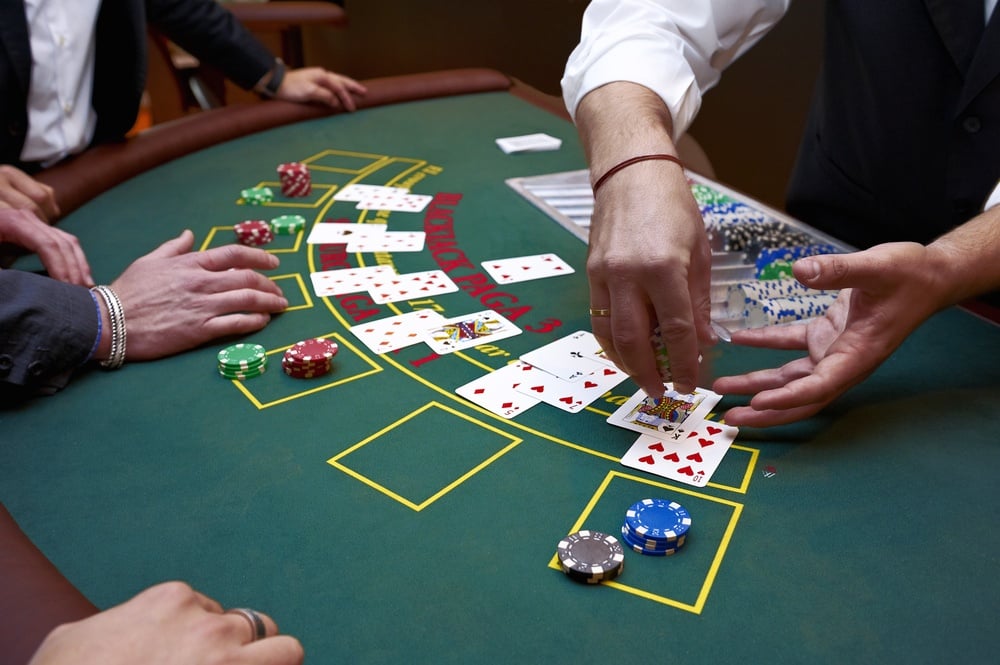
Face-Up and Face-Down Game Signal Differences
The way cards are dealt in blackjack can influence which signals you'll use:
Single-Deck (Face-Down) Blackjack
In single-deck games, cards are often dealt face-down and players can pick up their own hands. For these tables:
- Hit: Gently scrape your cards on the felt surface toward you.
- Stand: Slide your cards underneath your chip stack-never touch your chips directly.
- Double Down: Place a matching bet and hold up one finger to show you want one more card.
- Split: Add a second wager and flash the “V” hand sign, just as in face-up games.
Multi-Deck (Face-Up) Blackjack
With multiple decks, most casinos deal player cards face up:
- Hit: Tap the table beside your cards.
- Stand: Wave your hand horizontally over your cards.
- Double Down: Place an additional wager next to your first and raise a single finger.
- Split: Display your intention with a “V” sign and place an extra bet.
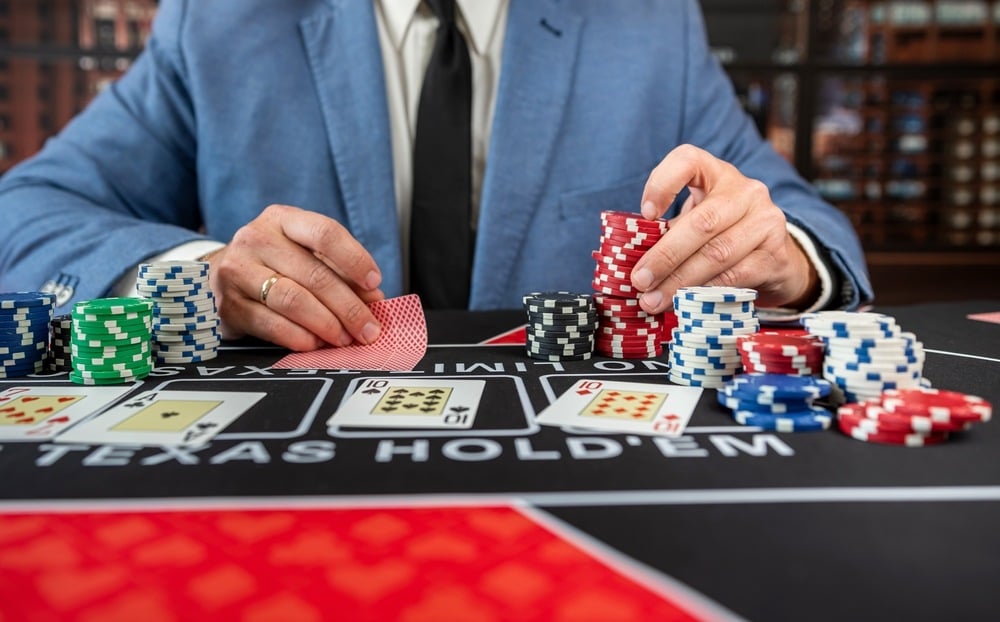
Lesser-Known Gestures and Special Actions
While the most common signals cover most hands, some special moves use their own gestures:
- Surrender: To surrender, draw an imaginary horizontal line behind your bet with your finger.
- Insurance: When the dealer shows an Ace, slide your finger along the outside of your bet circle to indicate you want insurance.
Proper Blackjack Etiquette: How to Behave at the Table
Understanding etiquette is just as important as knowing your signals. Here are core guidelines for an enjoyable blackjack experience:
- Respect Everyone: Be courteous to the dealer and other players. Disruptive behavior is never welcome.
- Hands Off: Do not touch the cards or chips unless the game allows it (like in single-deck games).
- No Criticism: Respect each player's decisions-every person is free to play their own strategy.
- Use the Right Signals: Always communicate your choices clearly using proper gestures, even if the environment is loud.
What Happens If You Make a Mistake with Signals?
If you forget a gesture or make a confusing movement, don’t worry. Dealers are trained to help and will guide you through the correct signal for your chosen action. The most important thing is to clarify your intention; if needed, explain verbally and ask for help. Consistently practicing basic hand signals, especially “Hit” and “Stand,” can prevent misunderstandings and help you move confidently at the table.
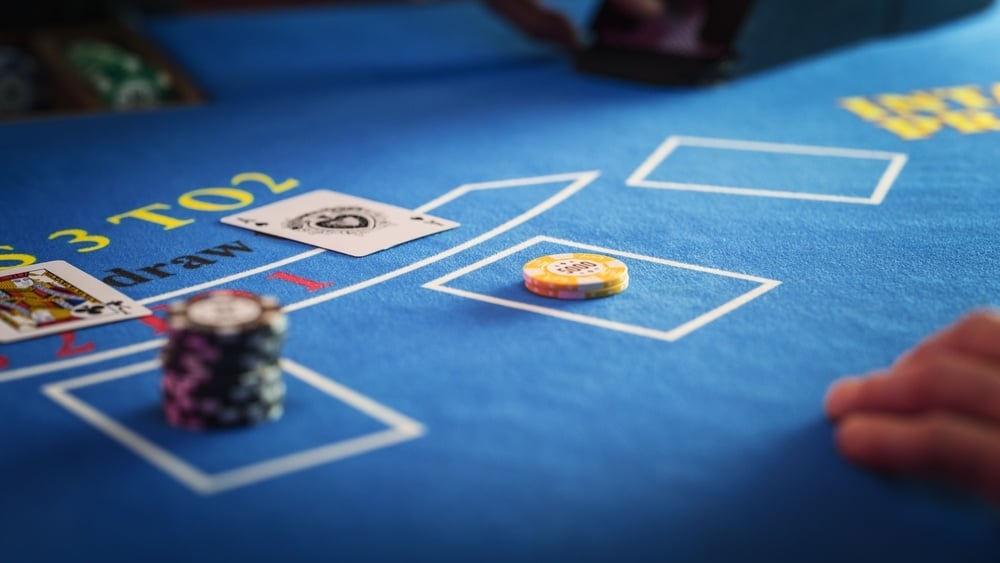
Regional Variations in Blackjack Signals
Though blackjack hand signals are standardized across most casinos, subtle regional differences do exist. Here’s an overview of common practices around the world:
| Region | Hit | Stand | Double Down | Split |
|---|---|---|---|---|
| Europe | Tap or scratch table with fingers | Wave hand horizontally or lay flat on table | After extra bet, point to your cards | Place extra wager, gesture as "splitting" |
| Asia | Tap or lightly wave at the dealer | No gesture (stand) or wave over cards | Gestures similar to North America | |
| Middle East | Tap or motion hand/finger toward self | Laying hand flat or wave above cards | Place wager and make pushing motion | Add wager and mime splitting cards |
Differences in Online Blackjack: Are Signals Needed?
In online blackjack, hand signals are generally unnecessary. Digital platforms rely on buttons or clickable options for all player moves. However, live dealer online games may offer the option to communicate verbally or through a chat interface, and some players enjoy making gestures for fun, even though the software dictates gameplay. Clear actions still eliminate confusion and keep the game exciting.
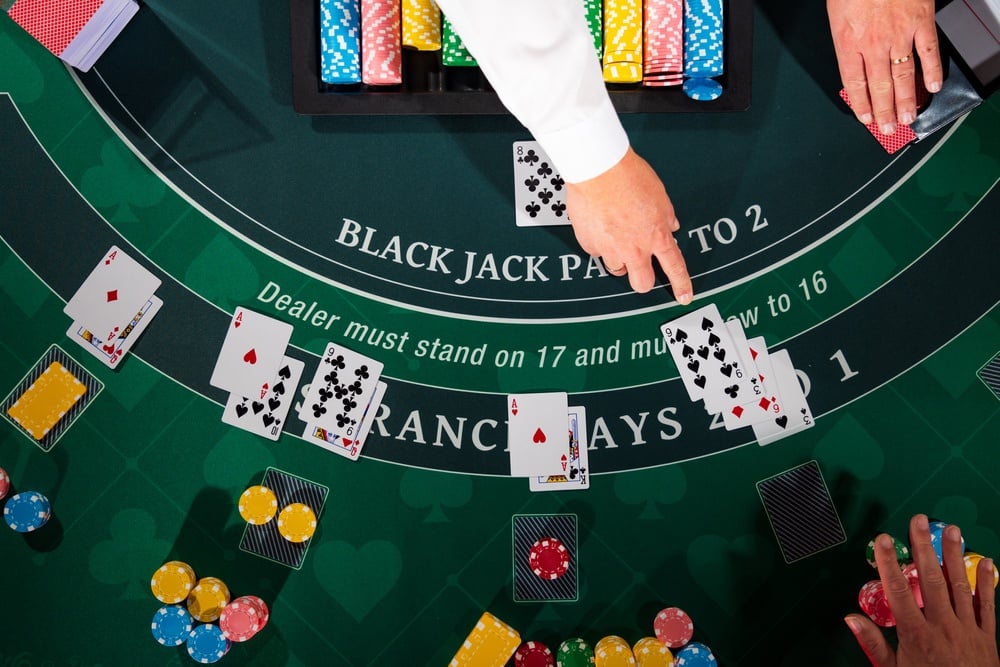
Frequently Asked Questions About Blackjack Hand Signals
- What should I do if I forget a hand signal?
Politely ask the dealer-they’ll show you the correct gesture so your action is clear. - Are verbal instructions ever enough?
You can state your move verbally, but in case of disputes, casinos typically default to hand signals or what’s visible on camera. - Are signals the same in every casino?
Most hand signals are very similar worldwide, but always observe the table and ask about unfamiliar gestures before you play. - Do I have to use signals in online blackjack?
Online blackjack games do not require hand signals, as moves are made via on-screen controls. - Can I practice signals before trying them at a casino?
Absolutely! Try basic moves like Hit and Stand at home to build confidence for your next trip to a live blackjack table.
Conclusion: Enhance Your Gameplay with Confident Hand Signals
Using proper hand signals in blackjack not only clarifies your intentions but also protects you from disputes and speeds up the game for everyone at the table. Take time to learn and practice the standard gestures-whether you’re a new player or a seasoned pro, mastering these actions will elevate your casino experience and help you play with confidence. Remember, when in doubt, your dealer is there to assist-never hesitate to ask for guidance.













